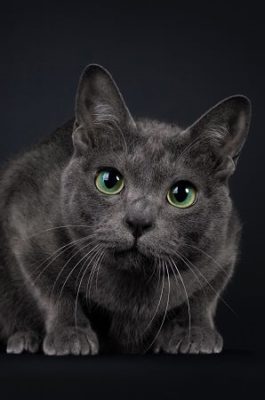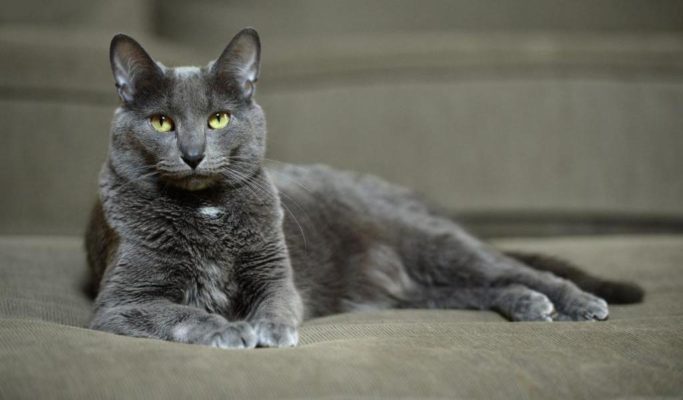Korat
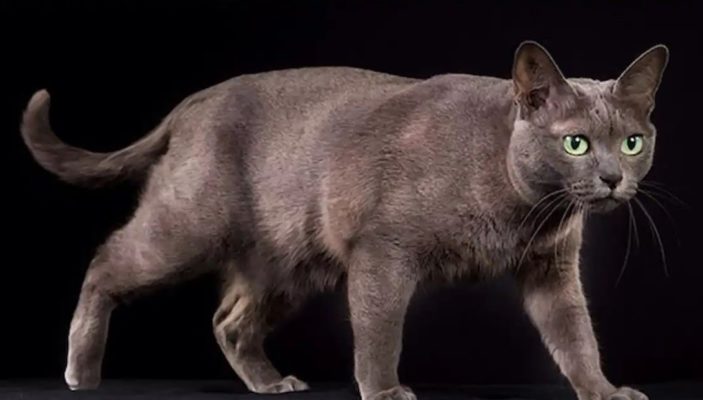
The Korat is a proud cat but has a gentle and pleasant personality. It quickly becomes attached to the owner. The pet understands his mood well, helps to relieve stress but is completely unobtrusive. The cat is suitable for a lonely person, such as a pensioner. Be prepared to give it enough attention, and the pet will repay you in full.
Table of Contents
Breed Information
| Origin | Thailand |
| Size | 25-30 cm |
| Weight | Males 5 kg Females 3.5 kg |
| Fur Type | Short-haired |
| Color | Blue with silver typing |
| Lifestyle | Outdoors, indoors |
| Lifespan | 15-20 years |
| FIFe Classification | Category III: “Short-haired and Somali” Breed designation – KOR |
| WCF Classification | Group 3: “Short-haired” Breed designation – KOR |
| TICA Classification | KT |
| Group | Short-haired cats, cats for kids |
| Price | $500-700 |
Breed Photos
Origin History
Korat is an ancient breed from Thailand, the first mentions of which date back to the 14th century. It was believed that this cat brings happiness and good luck. It could not be sold or bought, only given as a gift. Now, however, this tradition has been forgotten. In the nineteenth century, the cat was brought to Britain for an exhibition, but it was not very successful.
The modern history of the breed began in 1959 in the United States. Breeder Gina Johnson and her husband brought two kittens named Dara and Nana from Thailand. With them, they began breeding the modern cat. Thirteen years later, the updated breed made its way to Europe. Today, the cat is recognized by all the world’s felinological organizations.
Appearance
The Korat has a muscular body of medium size. The cat’s chest is broad. The head is also broad, heart-shaped. The pet’s forehead is straight, the jaw and chin are pronounced. Large ears are planted widely, rounded at the tips. The round eyes of Korats are noticeably larger than those of other congeners. The color is usually green or amber.
The cat’s limbs are of medium length, proportional to the body; the hind legs are slightly longer. The paws are oval with blue or pink-purple pads. The elongated tail tapers to the tip. Pet hair is short, without an undercoat, fits tightly to the body. The touch is pleasant and silky. The only acceptable color is blue with a silvery cast. It is noteworthy that a cat with more silver in its coloring costs more.
Character
The Korat is a proud cat but has a gentle and pleasant personality. It quickly becomes attached to the owner. The pet understands his mood well, helps to relieve stress but is completely unobtrusive. The cat is suitable for a lonely person, such as a pensioner. Be prepared to give it enough attention, and the pet will repay you in full.
Korat is great with kids. Energetic cat does not mind having fun and playing with children. Other animals get along well, but at first, he may be jealous of other pets to the owner. Cats of this breed may make noise and like to purr. But on the contrary, they cannot stand noise, abrupt movements, and shouting.
Care
Korat is unpretentious in care and maintenance. Its hair is short and without an undercoat. It is enough to comb it with a brush once every one or two weeks. Bathe the cat if necessary, not more often than once a month.
Don’t forget to keep your cat’s eyes and ears healthy as well. Remove dirt and discharges on them in time. Teeth should be brushed several times a week with a special toothpaste. Also, trim the cat’s claws a couple of times a month.
Education
Raising a smart and frisky cat is a pleasure. It is easy to train a cat to the litter box. Of course, it is better to engage in the process of education as early as possible. A tailed intellectual is quite well amenable to training.
Teaching him simple commands will not be difficult. But you must remember about the soft mental organization of the cat. Excessive moral pressure and yelling can disrupt the psyche of the pet. Be more affectionate and lenient with your pet. Reward him with a treat and petting, even if he fails at something.
Common Diseases
The Korat boasts excellent health. There are only a few genetic faults peculiar to the breed. The first is gangliosidosis, a neurological disease that manifests itself with developmental problems. The second is rarer and is called atelosteogenesis or dysplasia de la Chapelle. This disease causes abnormalities in skeletal formation. The probability of manifestation of the disorder is low and is less than one percent.
Also, due to the lack of undercoat, the heat-loving breed does not tolerate cold and drafts. To prevent dermatitis and shingles, you should bathe your pet monthly. Also, use flea and tick prevention collars or drops. Give your pet a deworming treatment every few months. Show your pet to the vet regularly and get routine vaccinations.
Nutrition
Initially, the kitten depends heavily on her mother and feeds only on her milk until she is a month and a half old. Then the kitten begins to be fed porridge, kefir, or cheese in liquid form. Gradually solid food is introduced into the diet, dry food is contraindicated to the little kitten.
A mobile cat needs a lot of protein. Therefore 80 percent of its diet is meat. Low-fat varieties are suitable: chicken, pork, beef. Also, supplement the cat’s diet with porridge, vegetables, greens, fermented dairy products, and soups. Feeding the cat with flour, fatty, sweet, salty, or smoked foods is strongly discouraged. Sausage, beans, and other human foods are also not suitable for the cat.
 Kurilian Bobtail Shorthair
Kurilian Bobtail Shorthair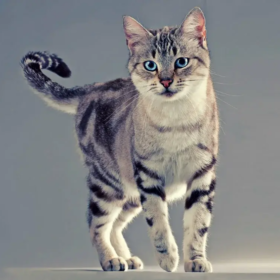 Asian (Tabby)
Asian (Tabby)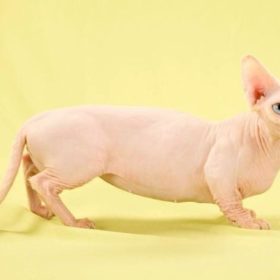 Minskin
Minskin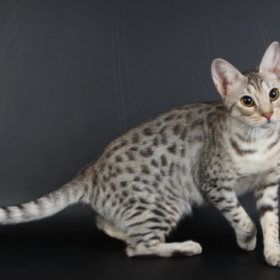 Australian Mist
Australian Mist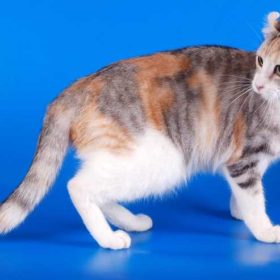 American Curl Shorthair
American Curl Shorthair Kanaani
Kanaani
